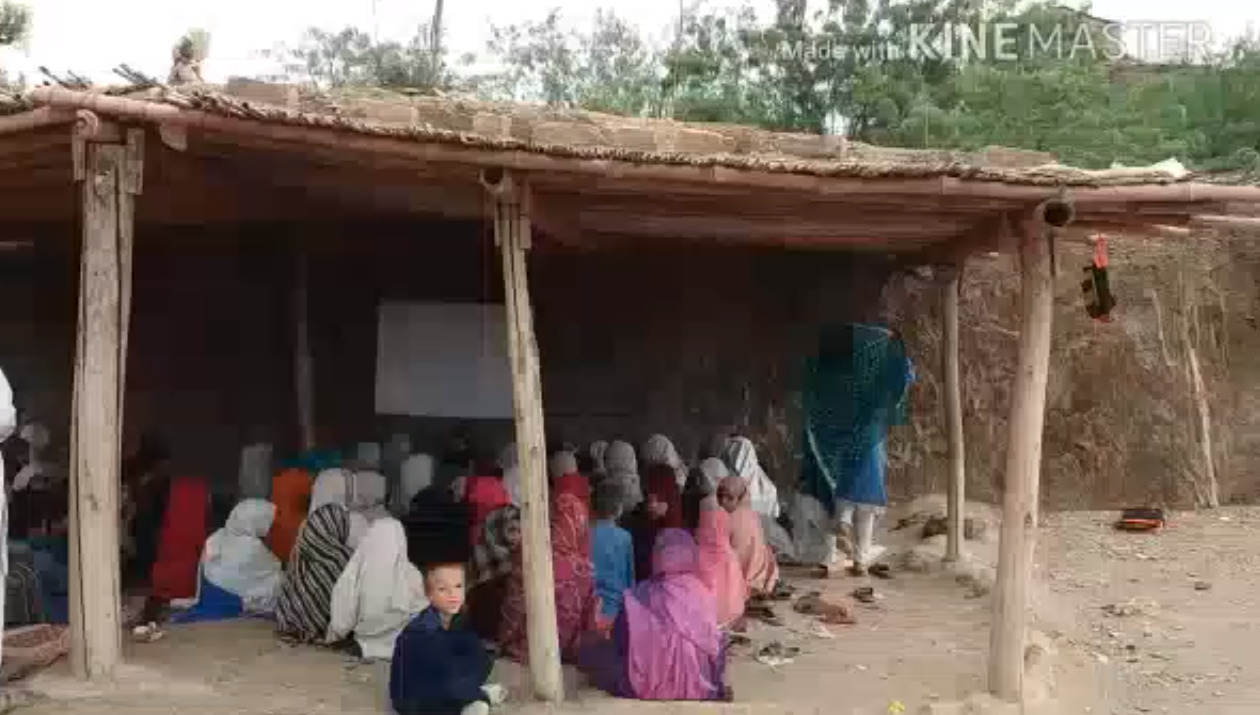
Nazia
I had planned to address the state of higher education in our tribal districts, but upon reflection, I realized it is crucial to first delve into the challenges plaguing primary, middle, and secondary education. After all, if the foundation of basic education is weak, how can we expect higher education to flourish?
This blog aims to explore the issues spanning from primary education to higher education. Let's consider the implications together!
Challenges in Primary Education High Dropout Rates
A recent report sheds light on the alarming dropout rates in the annexed districts of Khyber Pakhtunkhwa. It reveals that a staggering 79 percent of girls and 69 percent of boys are compelled to abandon their education before reaching fifth grade.
Such discouraging statistics raise a pertinent question: If primary education faces such hurdles, how can we ensure a significant number of students will pursue secondary education?
Distressing State of Middle and Secondary Education
The Education Management Information System (EMIS) report highlights the distressing state of middle and secondary education, with an alarming 50 percent dropout rate among girls. The report sheds light on dilapidated school buildings, insufficient infrastructure, and critical shortages of electricity, drinking water, and washroom facilities.
These appalling conditions call for immediate attention and comprehensive reforms to ensure a conducive learning environment for students.
Untapped Potential: Higher Education Woes in Tribal Districts
Despite the establishment of FATA University in 2016, the majority of girls in tribal districts continue to be deprived of university education. While more than 600 boys and girls have enrolled in the university this academic year, it is disheartening to note that only 22 of them are girls. One of the main reasons behind this gender disparity is the reluctance of parents to allow their daughters to stay in city hostels due to societal concerns.
The current enrollment at FATA University reflects a total of approximately 150 girls from adjoining districts and other areas, while the number of boys is reported to be up to 1,000. It becomes evident that girls from tribal districts face significant barriers to accessing higher education, as they often have to leave their homes and stay away for extended periods to pursue their studies.
Also Read: Former Prime Minister’s Secretary Confesses Cipher Conspiracy
To address this issue, the establishment of separate universities for girls in one or two districts within each tribal district could prove beneficial. With reduced distances between the respective districts, girls from adjoining areas would have increased opportunities to access higher education. Unfortunately, even after the merger of FATA, no substantial changes have been witnessed, and the education system remains largely unchanged.
This dire situation prompts the question of whether we, the residents of tribal districts, are not a part of Pakistan and whether we do not deserve a quality education. It is heart-wrenching to witness the immense potential and dedication of the women in tribal districts, who possess equal intelligence and hard work compared to students from any other province. Their remarkable performance in various competitive examinations is a testament to their capabilities.
However, our past and present rulers have failed to prioritize and invest in the education sector and institutions in tribal districts. The already dire educational situation was further aggravated by terrorist attacks on educational institutions, aimed at depriving Pashtun children of the enlightening power of knowledge. Schools and colleges were ruthlessly targeted, further exacerbating the already bleak educational landscape.
It is crucial for the provincial government to address the myriad of challenges plaguing education in tribal districts, ranging from primary to higher education.
Providing an enabling educational environment for tribal youth is paramount, as they have the potential to contribute significantly to the development of their families, regions, and the country as a whole.
Empowering women through education can unlock opportunities for power, employment, and a brighter future, thereby paving the way for the overall development of tribal areas.
Nazia is a blogger who sheds light on diverse social issues through her thought-provoking blog posts.